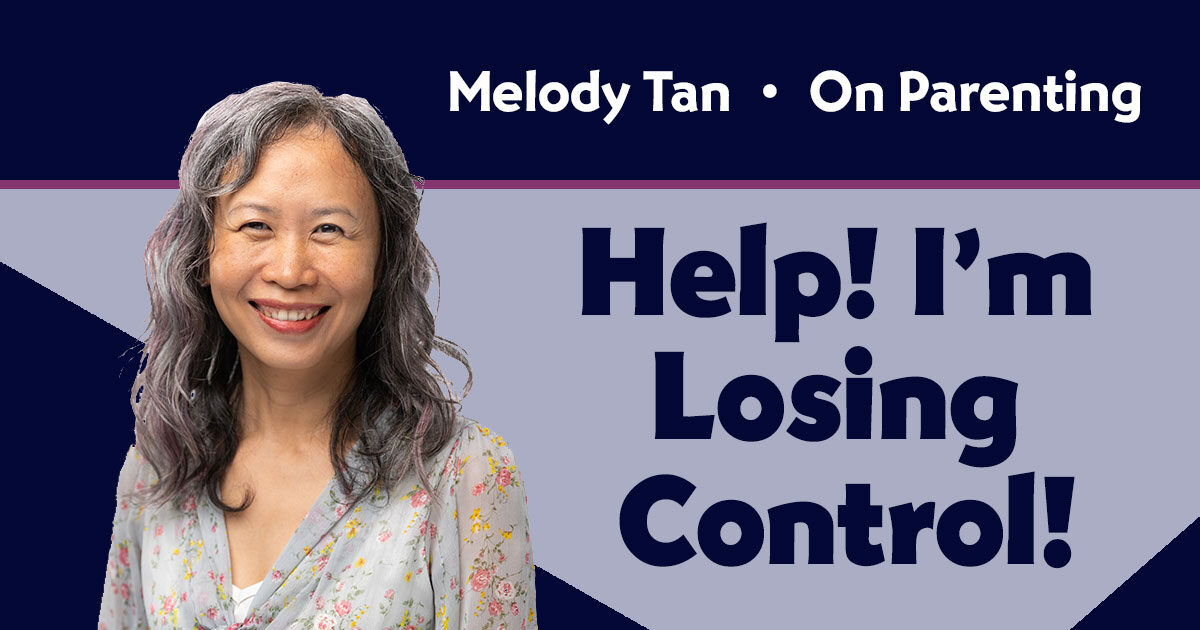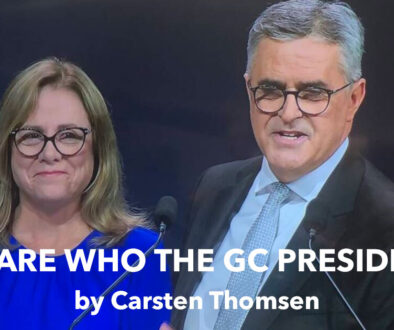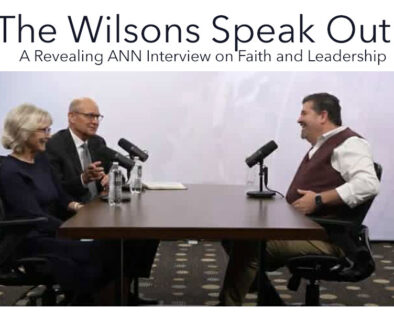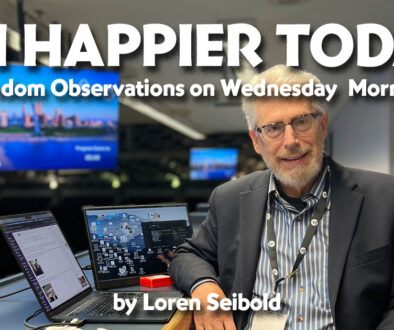Help! I’m losing control!
by Melody Tan | 12 February 2025 |
There is a lot of control involved when it comes to parenting. Born as helpless babes, parents have full control over how our children live, what they wear, what they eat, the toys they play with . . . . the list goes on.
Sure, at around the age of two or three, children will start to exert their independence, heralding the arrival of the terrible twos, but at the core of it, we still have most of the control over their lives.
I’ve written a lot about the difficulties I’ve had when I became a parent, but one aspect suited me perfectly: Control.
I like being in control of things. I like to know where I’m going, how I’m getting there, when that will happen, and what I’ll be doing. Funnily enough, it’s one of the reasons why I never imbibed alcohol, even during my rebellious teenage years. I didn’t like the idea of losing control of myself when intoxicated. That, and because I much prefer the sweetness of grape juice.
Almost nine, my son is fast approaching the age where I will soon have no control over his life. He’s already spending more time at school on any given day than he does with me. The control I have when he’s at home is fast fading too.
A year or so ago, a boy the same age as my son moved in with his family into the house next to my mother-in-law’s. The two boys have become good friends and now, whenever we visit my mother-in-law, my son will often spend time at the neighbour’s. I felt uncomfortable the first time it happened, and on the second day my discomfort grew to the point I thought I’d simply tell my son he wasn’t allowed to go over to play.
That was when it hit me. How I felt had more to do with me than what my son was doing. It wasn’t because there were red flags or a gut feeling that something was amiss. It was simply this: With my son at the neighbour’s, I had no oversight, no control over what he was doing. That loss of control was what bothered me.
Due to the nature of my work, I have been exposed to far more horror stories involving children than I need to be. I am sensitive to potential dangers and am probably more cautious than the average parent. But we had done everything we could to ensure my son’s safety when playing at the neighbour’s. It wasn’t foolproof, but he wasn’t in the lion’s den either.
Risk versus control
Carl Theodor Sørensen was a Danish landscape architect who is commonly credited as the creator of junk, or adventure, playgrounds. Sørensen had noticed how kids in a post-World War II Denmark were more drawn to construction sites, junkyards, and bombsites than the playgrounds he had designed.
His working theory was that children were drawn to risky play (or behaviour), and with that, the adventure playground was born. Unlike the sterile, risk-free playgrounds we are used to, adventure playgrounds may very well be every parent’s nightmare. Today, many adventure playgrounds feature opportunities for kids to build forts and tree houses, using a variety of tools, and even cook food on open fires.
The rationale is that children have a propensity for risk and we should give them opportunities to navigate dangerous situations safely, instead of shielding them from them. So adventure playgrounds are actually safe places where children can take risks, self-test, identify dangers, and learn the limits of what they can do—without life-threatening consequences.
It’s why experts are advocating for us to stop saying “Be careful” to our children and bubble-wrapping them. Instead, we should teach them how to be aware of their environment, recognise potential hazards, and even walk them through the steps of doing a dangerous thing, but in a safe manner. (Think teach kids how to climb trees, not stop them from doing it lest the first time they do it, they break a limb.)
My son’s wanting to play at the neighbour’s had nothing to do with his seeking out risk. He’s just a child wanting to play with another child. His alternative would have been to be stuck at his grandmother’s, which was sorely lacking in things to entertain a primary-aged child, while facing three boring adults.
Me relinquishing control, however, was the equivalent of allowing him to run free in an adventure playground. I had to trust that the risk assessment* my husband and I took, and the conversations we’ve had with my son since a young age, would be enough to alert him to any danger and help him navigate it in an appropriate way (which could mean running home to us).
Protecting my son doesn’t mean I keep him under my wing all the time. It’s giving him opportunities to stretch and fly, maybe even fall and hurt himself. After all, we learn better from our mistakes. Protecting my son simply means equipping him with a safety net, whether that be the knowledge on how to recognise and navigate a dangerous situation, a safe place to be while he recovers from his injuries, or to prevent him from experiencing something with lasting, devastating damage.
Children have three basic psychological needs: Connection, competence and control. It’s only through us parents stepping back and eventually letting go that they can build on their ability to master something, feel competent and capable, and be in control and feel a sense of autonomy.
Perhaps that’s why God, in His wisdom, gave us free will in the first place.
______________
* Child safety is an extremely important thing. I am not advocating for children to be unsupervised in another adult’s home, no matter how well you may know them. Tragedies do and have happened. Allowing your children to play at another family’s home needs to be done with full awareness of the risks it entails.

Melody Tan is a freelance writer, content creator, and editor for both print and digital. She is currently the project leader of Mums At The Table, a multimedia initiative aimed at supporting mothers in their parenting journey, through education and community. She and her husband live in Sydney, Australia, with their son.




